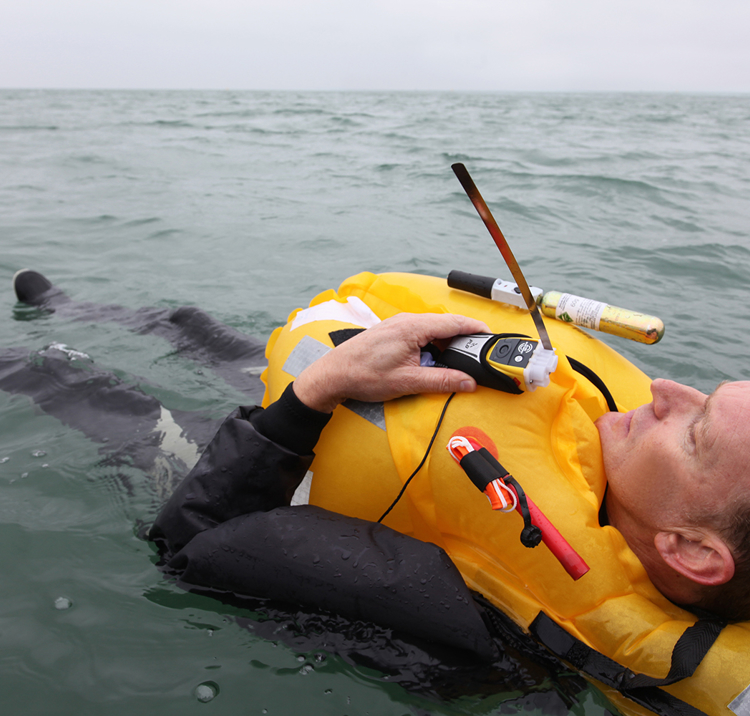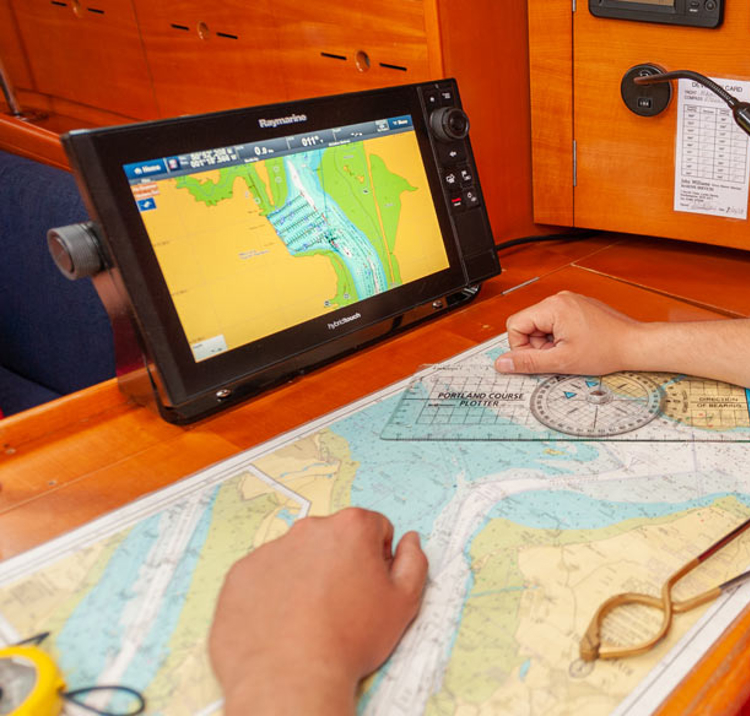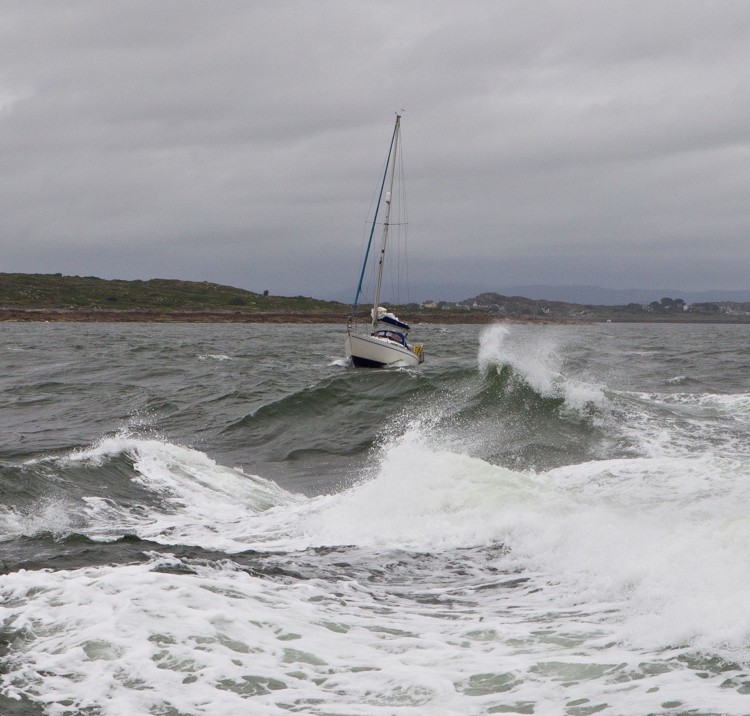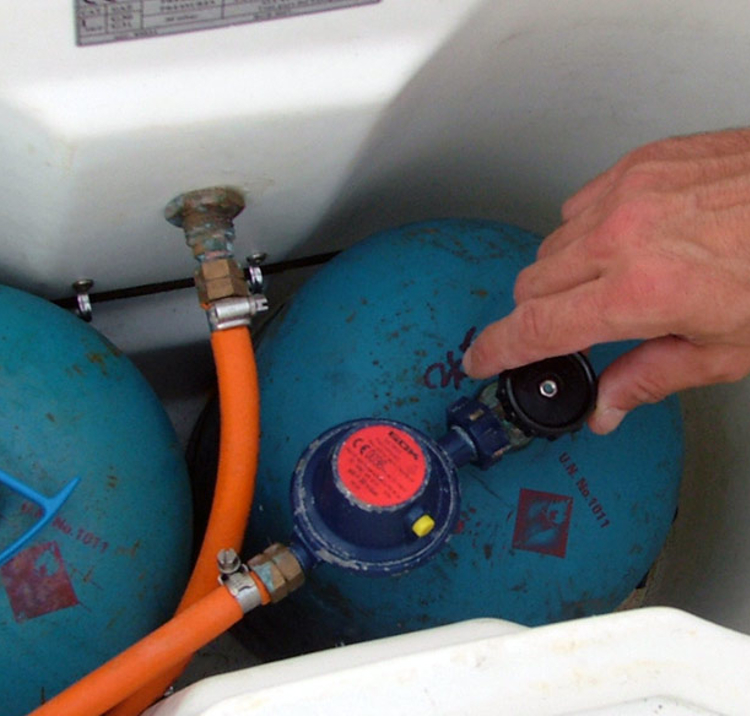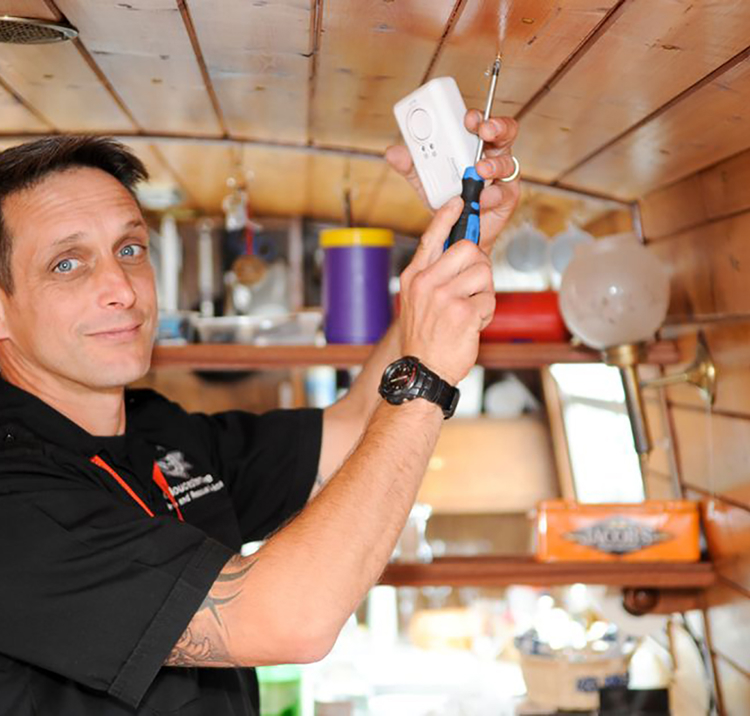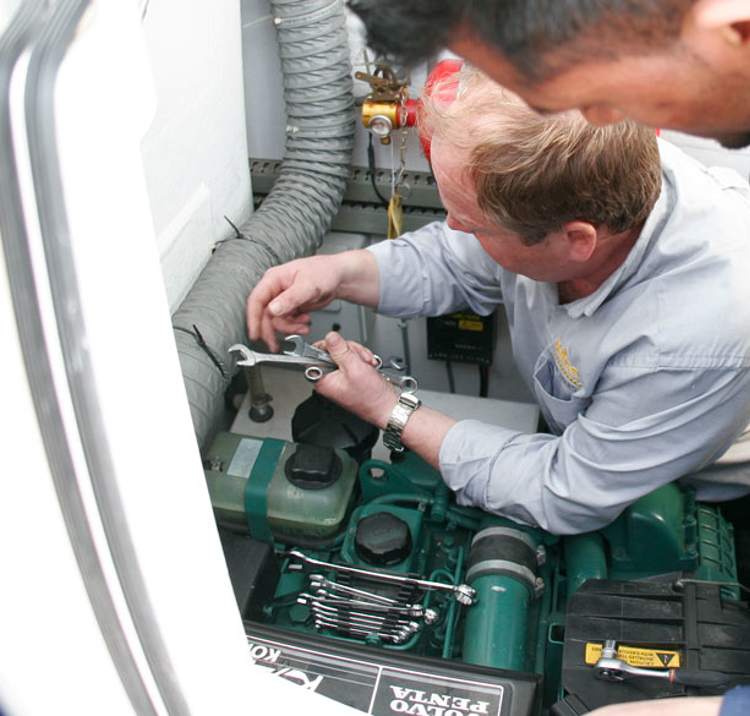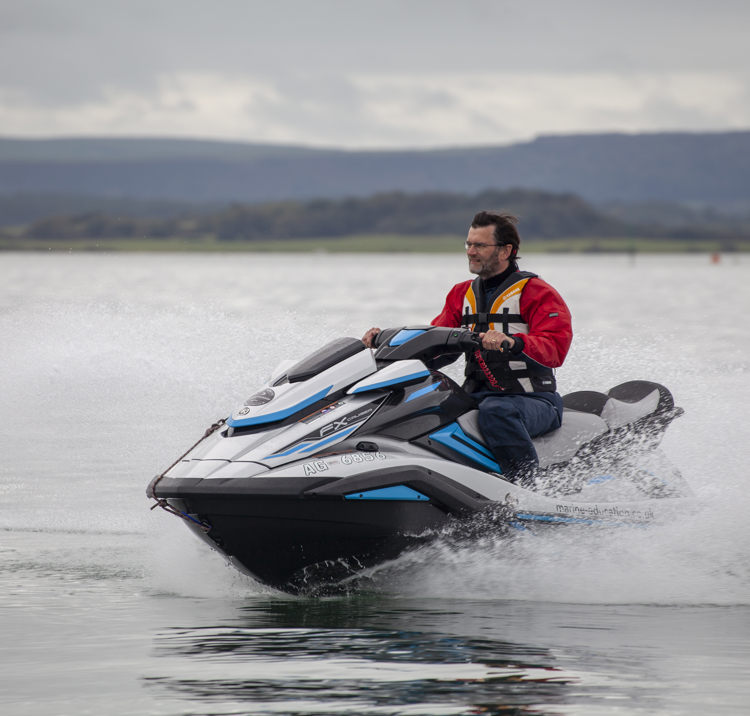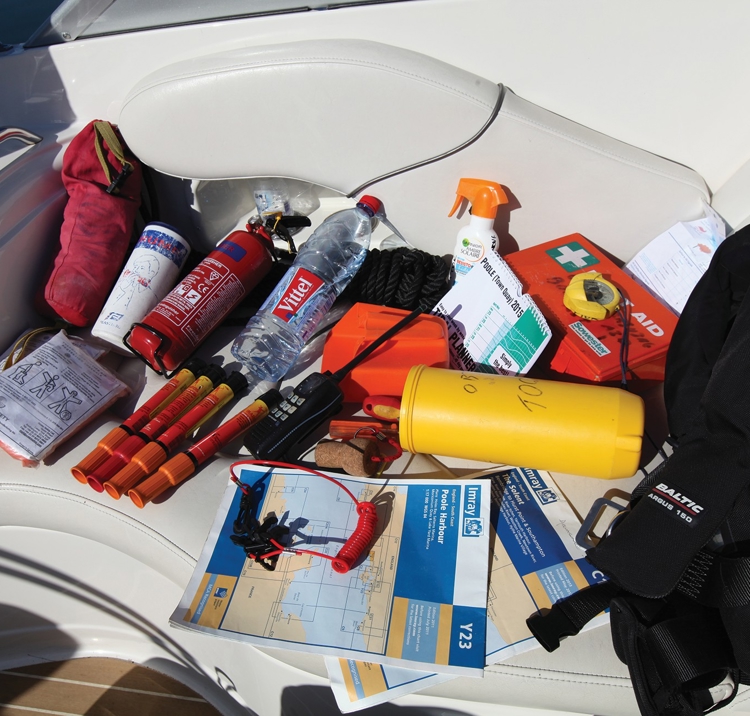On water safety
Helpful tips to keep yourself and others safe on the water
While our rivers and coastal areas are a great way to get closer to nature and nurture your passion for boating, accidents can happen. Even in calm waters or on the shortest passages, weather, equipment failure, or a lack of knowledge can be fatal.
If you’re heading out on the water to enjoy sailing, powerboating, canal boating or boardsports, you need to know what to do should an emergency occur. To help keep you and your loved ones safe, the RYA has collated helpful water safety advice, tips, and regulatory information. From necessary planning and preparation before setting out on the water, to safety equipment, first aid and boat maintenance, discover everything you need to know to keep you safe.
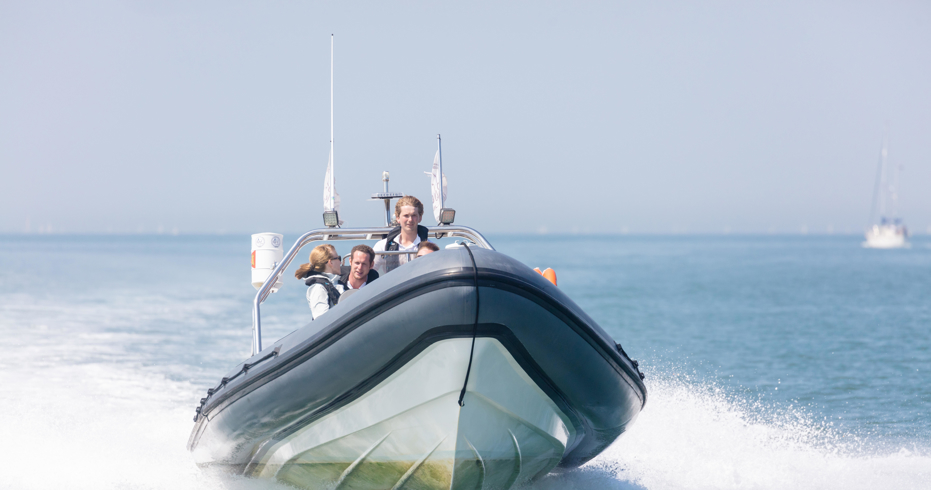
7 common senses for safe sailing
Embrace water safety with the RYA's seven common senses. From equipment checks to communication, ensure your time on the water is both enjoyable and secure.
How to keep yourself and others safe

Equipment for UK pleasure vessels
Information on mandatory and recommended safety equipment to help you check your boat is properly equipped before heading out on the water.
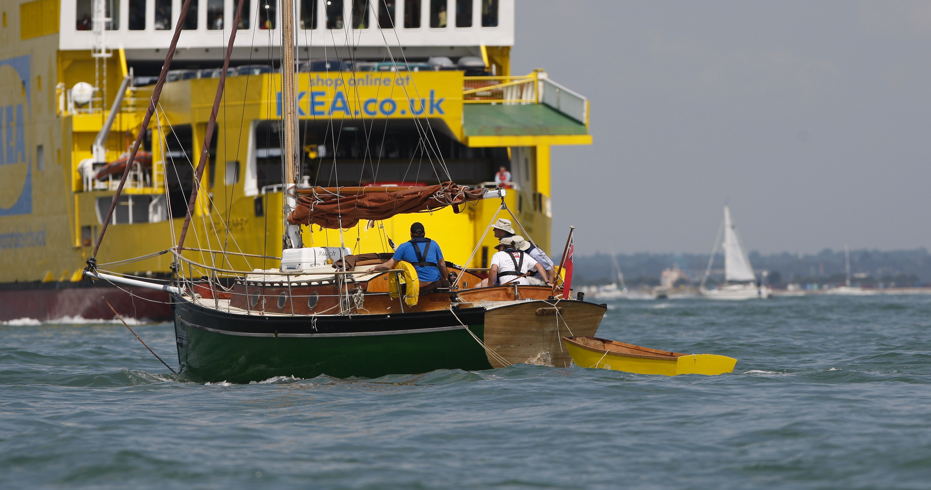
COLREGS
Understand COLREGS, the maritime rules that govern vessel conduct. Discover how they can protect yourself and others while sailing in busy waters.
Water safety in different conditions
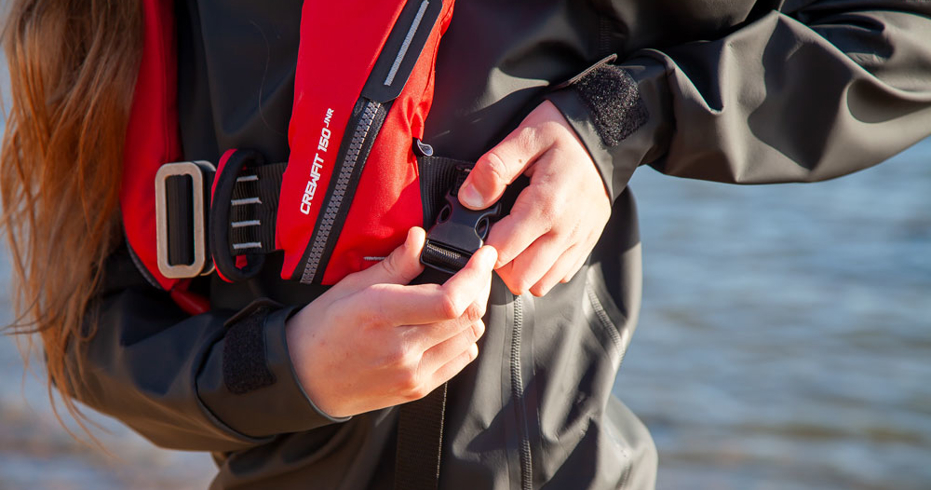
Water safety tips
Prioritise safety on your sailing adventures. Water safety starts with equipping yourself, your boat, and your crew with the necessary gear to handle any situation.
Maintaining a safe environment onboard

Know your limits
Before setting out on the water it’s important to understand your limits. Learn how to assess your skills, your crew's abilities, and boat's capabilities to stay safe.
Preventing and managing incidents on the water

Emily’s code
Emily's Code honours the memory of 14-year-old, Emily Gardner, this initiative aims to avoid maritime accidents by highlighting crucial safety lessons. This effort is supported by the RYA.

